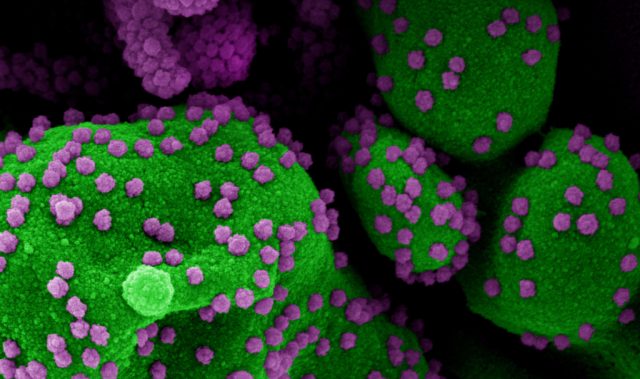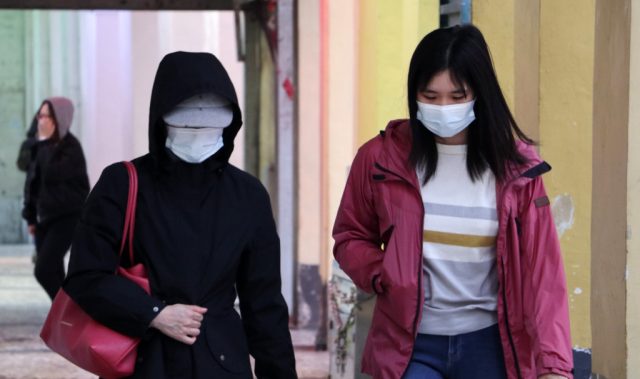
AsianScientist (Apr. 8, 2016) – China could be facing the rise of a new pneumonia epidemic, according to investigators from the Capital Institute of Pediatrics.
Mycoplasma pneumoniae infections began rising in Beijing last spring, and by December, this pathogen was found in more than half of hospitalized children suffering from pneumonia in that city. Now, these investigators predict that this epidemic will likely continue well into 2016, and possibly longer.
Their data, published in the Journal of Clinical Microbiology, may help clinicians slow the epidemic.
From May to December, 2015, the rate of diagnoses positive for M. pneumoniae in children nearly doubled, from 30 percent to 57 percent, said Dr. Sun Hongmei, a pediatrician who is director of the Department of Bacteriology. As the epidemic continues in Beijing, the investigators predict related outbreaks will occur elsewhere in China, and possibly in other Asian countries, said Sun.
As a result of these findings, Beijing doctors are being advised to be on the alert for M. pneumoniae, said Sun. News media is publicizing the epidemic and advising parents to cooperate with diagnosis and treatment in an effort to staunch the epidemic’s spread, she added.
“We have started investigating the rate of M. pneumoniae infection in several other regions of China, along with other Chinese Mycoplasma experts,” said Sun.
The researchers are hoping to be able to publish the resulting data before this coming autumn, in order to use it to help control the epidemic in these other regions, she said.
The research is founded on long-term monitoring of the pathogen in children that Sun and collaborators have conducted since 1977. Since then, seven epidemics have taken place in Beijing. In the wake of the 1990 epidemic, a national training course for laboratory diagnosis of M. pneumoniae was held in 1992, said Sun.
The investigators have genotyped samples from patients from this and earlier epidemics. Genotyping can help clinicians identify and treat disease, as different genotypes of the same pathogen may produce slightly different symptoms, and different susceptibilities to drugs. One particular genotype, MLVA4572, appears to harbor drug resistance, said Sun.
Children infected with M. pneumoniae typically come down with chest colds. Sore throat, fever, fatigue, headache, and a slowly worsening cough that can last for months are common symptoms, according to the Centers for Disease Control and Prevention. Children under five typically do not have fevers, but may suffer from vomiting and diarrhea. People at highest risk live or work in crowded conditions, such as schools, hospitals, and dormitories.
The article can be found at: Yan et al. (2016) Latest Surveillance Data on Mycoplasma pneumoniae Infections in Children Suggesting a New Epidemic Occurring in Beijing.
———
Source: American Society for Biology; Photo: Shutterstock.
Disclaimer: This article does not necessarily reflect the views of AsianScientist or its staff.












